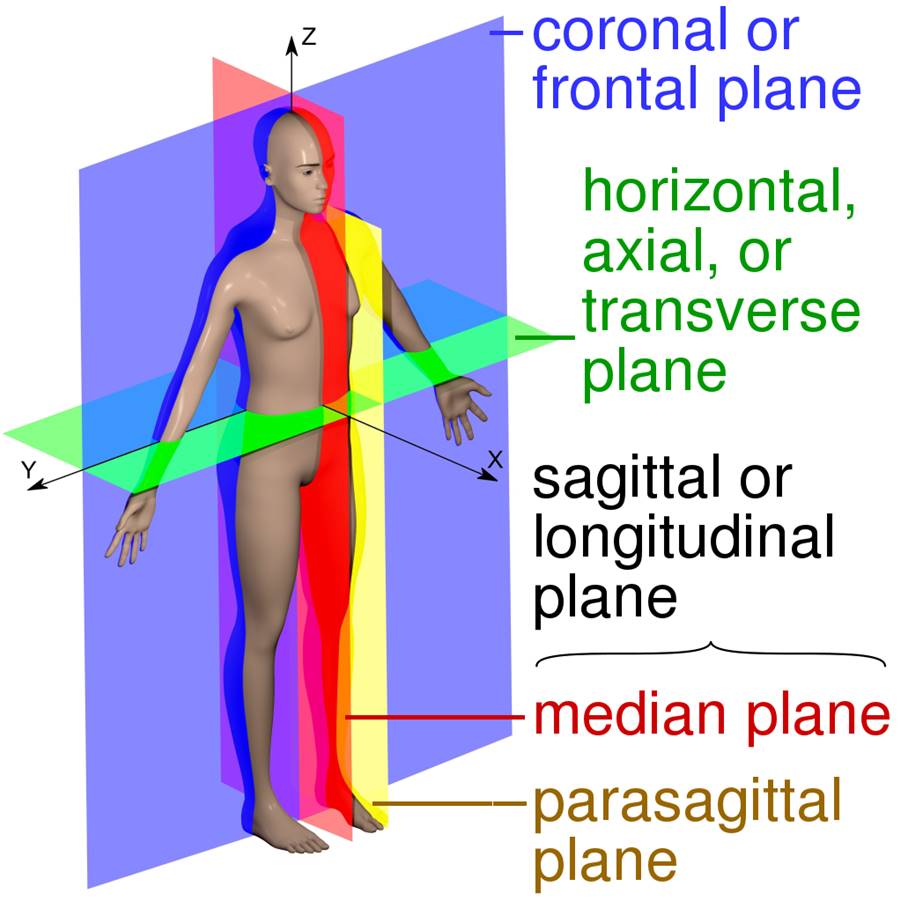

The cross-body kettlebell swing might be the best thing you didn’t you need it for your workout to get to the next level.
In analysing a list of activities, such as walking, running, throwing, striking, and moving furniture, a common denominator emerges: rotation. Strangely, this pivotal aspect tends to be overlooked in gym routines and training sessions.
And how can you address rotation properly without having to sort to a specific set of exercises that focus solely on that? For that answer, we turn to Adam Sinicki. Sinicki is known online as “.” He is a health and fitness writer, and a personal trainer and has gathered more than 700k subscribers on his
See more below.
There is an importance of introducing more rotational exercises into workouts. Many commonly favoured exercises, including bench presses, curls, squats, and lunges, predominantly function within the sagittal plane, thus neglecting the rotational element essential for comprehensive movement. To engage in rotational training, specialized equipment like cable pulleys, bands, or kettlebells is often required.

However, despite these considerations, some experts contend that training within the sagittal plane sufficiently fortifies muscles crucial for rotation. This perspective, however, disregards the focused attention necessary for optimal development. Strengthening muscles solely through tangential movements is inadequate and fails to address the specific movement patterns required for effective power generation.
A common assertion is that by concentrating on core powerlifting movements like the “big three” lifts (squat, bench press, deadlift), all vital kinetic chain patterns are adequately covered.
This assertion is met with scepticism, as it ignores the importance of rotational movements and the Sarape effect, a key kinetic chain pattern.
Moreover, certain individuals discourage rotational exercises like kettlebell swings, citing potential spinal harm. Paradoxically, this vulnerability underscores the need to enhance the spine’s capacity to withstand rotational forces. Much like strengthening weak knees beyond their comfort zone can enhance function, incorporating rotational movements can enhance strength and stability, ultimately minimizing injury risk.
Introducing the cross-body kettlebell swing
, a remarkable exercise for nurturing rotational strength and transverse plane movement. To execute this movement, one should stand with slightly bent knees and hold the kettlebell in the middle. Initiate the swing by harnessing power from the shoulders and lats, while allowing rotation at the hips and core. This dynamic movement not only enhances rotational capacity but also hones anti-rotation skills during the deceleration phase.

A notable feature of the crossbody kettlebell swing is the angle of resistance, which mimics the rotational demands encountered in activities like delivering punches or moving furniture.
This exercise, while safeguarding the lumbar spine, empowers the thoracic spine to generate power through rotation.
In conclusion, rotational exercises play a pivotal role in holistic strength and functionality, even if they are often overlooked in mainstream training. The crossbody kettlebell swing emerges as a potent tool for cultivating rotational strength and transverse plane movement, thereby enhancing overall performance and mitigating injury risks.
As individuals explore this exercise and its benefits, they are encouraged to focus on the underlying principles rather than fixating solely on labels or nomenclature.
Through experimentation and learning from diverse sources, a well-rounded approach to fitness and movement can be achieved.
Watch the video below for more information from Adam Sinicki himself.
Incorporating rotational resistance training into your workout regimen offers a multitude of benefits that contribute to enhanced overall strength, functional movement, and injury prevention. Here are several compelling reasons to integrate rotational resistance exercises into your routine:
In essence, incorporating rotational resistance training enriches your workout routine by enhancing core strength, functional movement, and injury resilience.
By embracing these exercises, you’re investing in a well-rounded fitness regimen that can lead to improved athletic performance, better quality of life, and a reduced risk of injuries.
Image Sources

